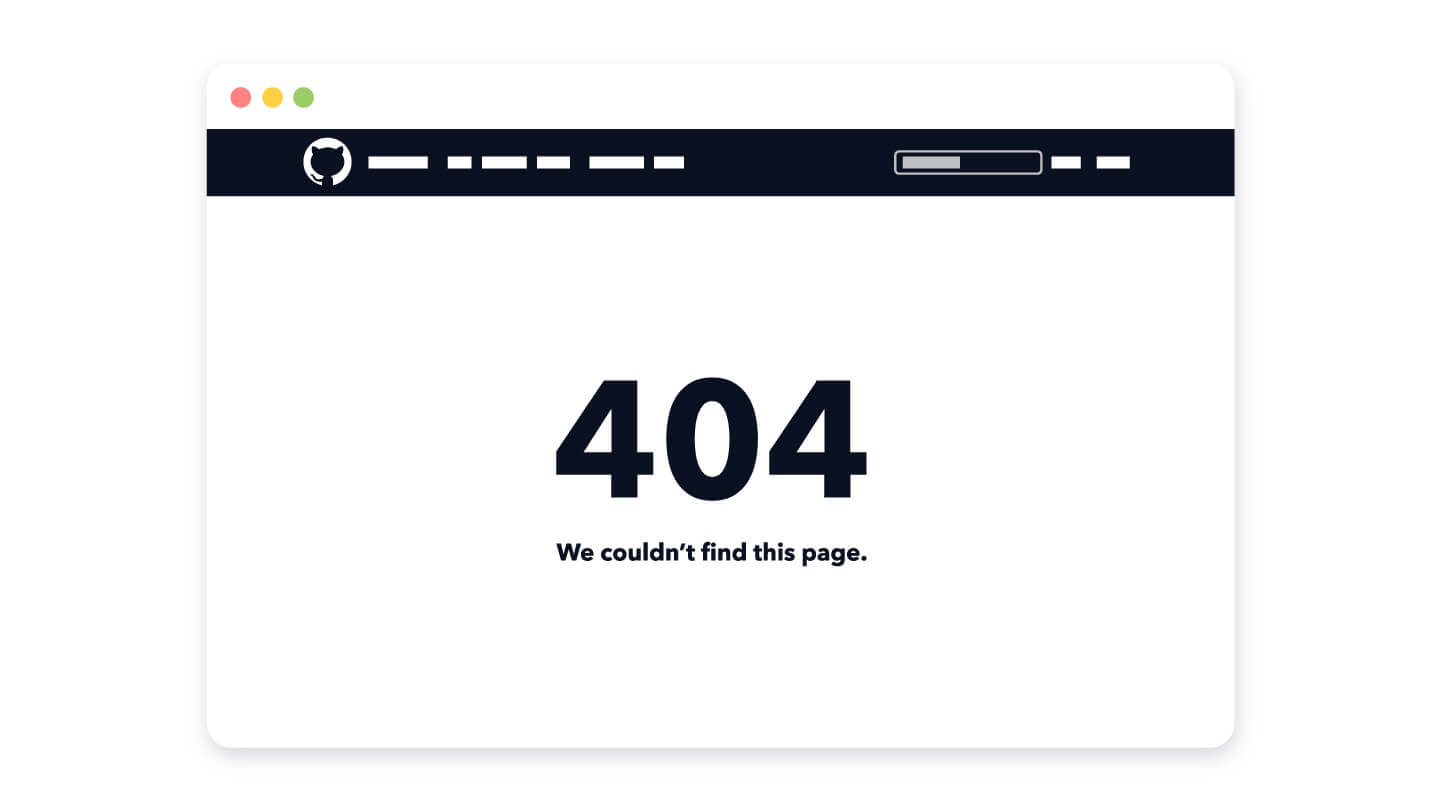Scalability and availability are key aspects of cloud native computing. If your microservice takes five minutes to start up, it becomes very difficult to meet the expectations because adjustments to traffic changes, regional failovers, hot-fixes and rollbacks are simply too slow. In this article, we show how we solved this and a few other problems by taking control of the process of updating our data and storing it in a highly available Redis setup.

Improving Evaluation Practices in Natural Language Generation
Throughout last year I had the opportunity to participate and collaborate on multiple research initiatives in the field of Natural Language Generation (NLG) in addition to my responsibilities as a Data Scientist at trivago. NLG is the process of automatically generating text from either text and/or non-linguistic data inputs. Some NLG applications include chatbots, image captioning, and report generation. These are application areas of high interest internally within trivago as we seek to leverage our rich data environment to enrich the user experience with potential NLG applications.

Why and how we use primitive maps
At trivago we operate on petabytes of data. In live-traffic applications that are related to the bidding business cases we use our in-house in-memory key-value storage-service written in Java to keep data as close to calculation logic as possible.

A preview of CSS Container Queries
Have you ever wondered about how to create components that not only change their appearance according to the viewport’s width but instead also transform according to their parent element’s sizing? This might be the case when you have a card component that has the classical vertical layout on mobile:

Being on-call as a software engineer - a challenging and fast learning experience
At trivago, we run webservices with complex backends in different regions around the globe 24/7. Our system is being iterated and developed on a daily basis. Naturally, mistakes will be made and something will break eventually. Engineers being on-call are the first responders to issues with negative impact on our users and the business.

Presenting @trivago/prettier-plugin-sort-imports
I’m happy to share that trivago has released a Prettier plugin which sorts import declarations in TypeSCript and JavaScript modules for a given configured order. Throughout this article, I’ll explain to you the motivation behind this Prettier plugin and how it works in detail.

trivago Tech Check-in: Meet Mohammad
trivago is the home to 500+ tech specialists from all corners of the globe – each with their own unique background and story of how they ended up here. Our trivago Tech Check-in series focuses on individual engineers' experience during their time at trivago. In this edition, you'll meet Mohammad Abed – a frontend software engineer who has been with trivago for 11 months now and is working on our Express Booking product.

trivago Tech Week 2021 in Review
In the middle of summer 2021, we hosted one of our favourite annual events of the year - trivago Tech Week! This year’s tech week had a new, hybrid format, featuring a wide variety of talks and exchange forums, hosted both by internal talents and external speakers. To make things even more engaging, the week included virtual opportunities for talents to gather and converse across departments, a gaming tournament and a highly anticipated live-music concert to tie everything together!

Postmortem: Removing all users from github.com/trivago
While engineering, we fix bugs, create new systems, build workflows and establish processes. Our job is to change things. Changing things can involve mistakes that ultimately lead to the failure of a particular system. To learn from these failures, a retrospective is helpful to get to the root of this problem. In the tech industry, a Blameless PostMortem is the right tool for this job.
How we build the Image Gallery on trivago
When was the last time you booked accommodation without checking its photos? Most probably never! Because having imagery information makes our decision-making process much easier and faster. However, picking up the best possible images of a hotel to show to the user is an interesting problem to solve, because it can be a naive random selection or a sophisticated machine learning model to know what the user truly wants at that moment.

Proper (Java) application life cycle management in Kubernetes
When operating applications in Kubernetes, proper lifecycle management is crucial to enable Kubernetes to manage applications correctly throughout their different phases: startup, runtime and shutdown. Improper or incomplete lifecycle management can lead to incidents with unforeseen and difficult to debug application behavior, such as random CrashLoopBackOffs, broken/zombie services not being restarted or even entire services not becoming healthy after a scheduled restart.

Remastering Guilds After Five Years
Five years ago trivago started to build guilds – small communities dedicated to certain topics or technologies – as a need arose to organize the collaboration of more than a hundred developers on a wide range of topics. You can read more about how we started in the previous blog posts Part I and Part II.
Designing Marketing Emails via predefined Modules in Salesforce Email Studio
When techies hear about email marketing and designing HTML emails, they typically roll their eyes and think of a very boring field of work. In this article, we hopefully can explain to you why this is wrong from our perspective. Our team built a solution that our marketers use to easily design HTML emails with predefined modules within our email marketing platform Salesforce Email Studio, which is part of the Salesforce Marketing Cloud (SFMC). This article gives you an overview of our approach as well as why and how we built such predefined modules for Email Studio on our own.

Java Reactive Programming - Effective Usage in a Real World Application
This article presents how trivago's search backend team used reactive programming in Java effectively when designing and implementing one of our many Java backend services. Compared to traditional imperative and functional programming, reactive programming requires a mindset-shift in order to apply the concepts and techniques effectively. The benefits we gain support us in some key challenges that every engineer is facing with essentially every (micro-) service in today’s backend architectures: handling of blocking IO, backpressure, managing highly varying loads as well as message and error propagation.

Reactive Programming - The Price You Have To Pay For A Responsive Backend
In the trivago backend, we use the reactive programming pattern for fetching prices from advertisers and updating our caches. This helps us to increase the responsiveness (i.e., scalability and resilience) of our backend. Thus, our backend system can alleviate high response times from internal components and our advertisers while staying responsive, even if downstream components fail entirely. Here is how we use the Java library Reactor Core to ensure those guarantees:
Popular tags
Featured articles
Career? trivago.
Tackling hard problems is like going on an adventure. Solving a technical challenge feels like finding a hidden treasure. Want to go treasure hunting with us?
View all job openings
Follow us on